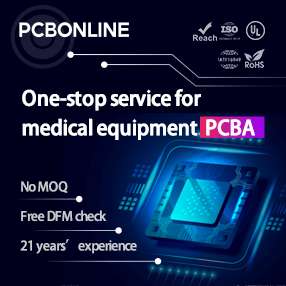Interfacing GPS Module with AVR

GPS modem is a device which receives signals from satellites and provides information about latitude, longitude, altitude, time, etc. The GPS navigator is more famous on mobiles to track the road maps. The GPS modem has an antenna which receives the satellite signals and transfers them to the modem. The modem, in turn, converts the data into useful information and sends the output in serial RS232 logic-level format. The information about latitude, longitude, etc., is transmitted continuously and accompanied by an identifier string. The connection of GPS modem with AVR microcontrollers shown in the circuit diagram. The ground pin of max 232 and serial o/p of the GPS modem is made standard. Pin 2 of MAX232 is connected to pin 3 of GPS modem, and pin 3 of max 232 is connected to pin 2 of the modem. This type of connection is called a serial cross cable.






